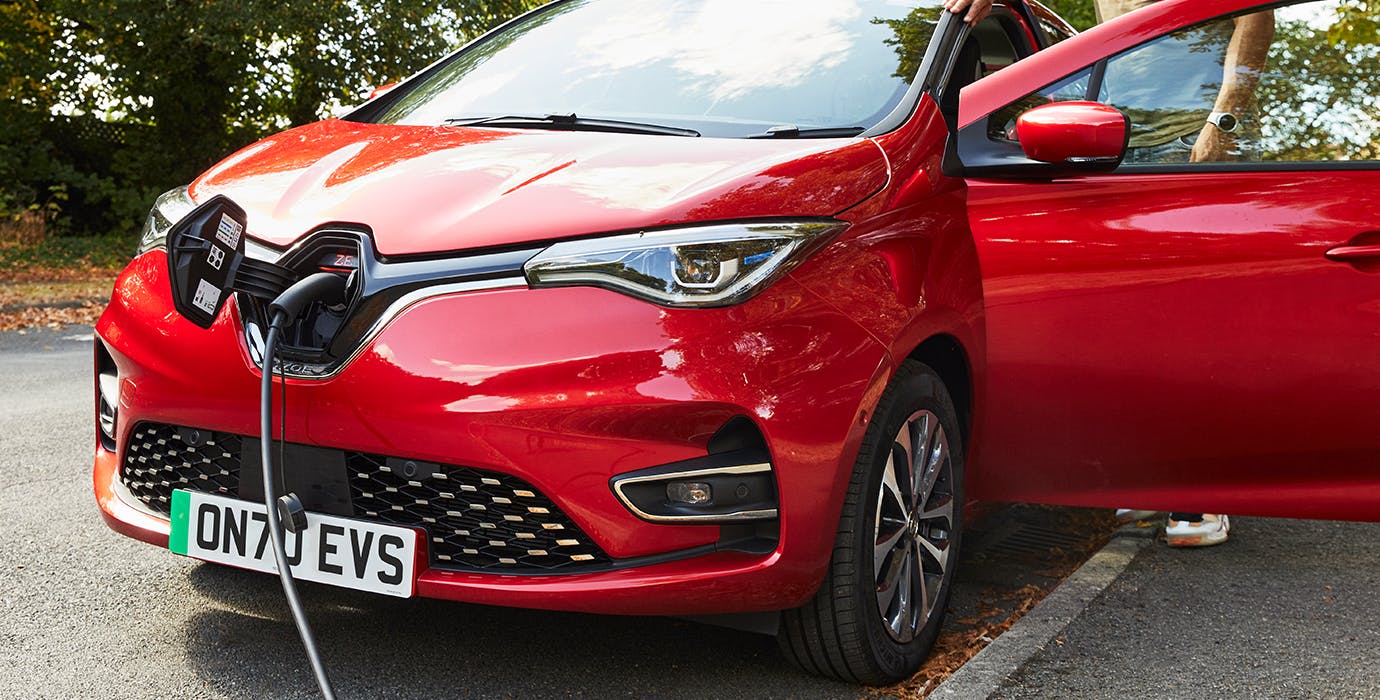What makes electric cars different from petrol cars? We explain how both types of cars work, how much it can cost to run and maintain them, and how an electric car subscription with Onto could make all the difference to your driving experience.
Electric cars may look nearly the same as petrol cars, but the internal systems of the two cars couldn’t be more different. In this article, we’ll take a look at how each car has been built, examine the ways their unique power sources can affect the cost of driving, and share how Onto offer a different way to access an electric car.
